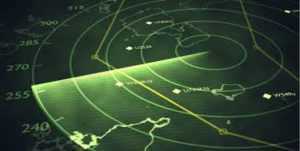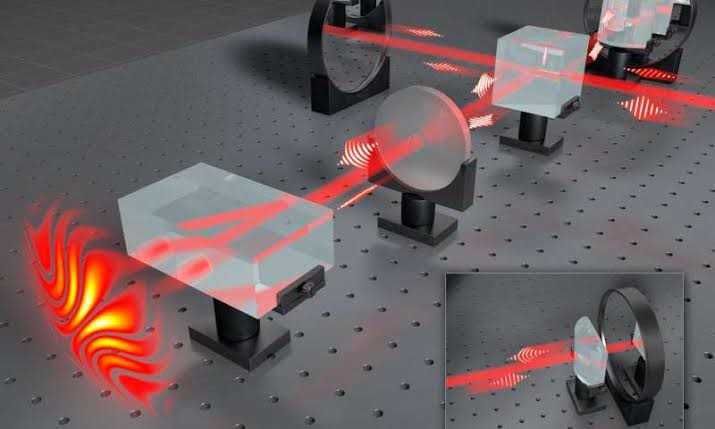The Secrets of Quantum Radar
For decades military agencies across the world have been pursuing technologies to do surveillance and catch enemies doing the same. The famous SR71 Blackbird from the US is one of the most notable stealth aircraft, courtesy of YouTube. There have been many developments since then, and before.Radar is the device used to see them and shoot them down.
But, where does quantum technology come in here? This is what makes the radar something like a fortune teller. It makes everything quite interesting.
The Birth of Quantum Technology
The first attempt to explain quantum physics was made by Heisenberg, Schrodinger, and Born. This was the same concept that baffled Einstein and he called it ?Spooky? interactions. Unable to figure out the reasons, Einstein passed away, but today the phenomenon has been proven, and its application is quantum radar. It can detect any stealth aircraft, even the best of the US. And, this makes it so interesting. With quantum radar, it is possible to lock to an aircraft with high wavelength waves and regardless of where it moves, it’s location can be precisely established. There is nothing that can stop it and it can be fired with a missile guided system. It means that this technology can be very useful for surveillance and also for anti-surveillance.
So far, Russia and China have claimed to have developed this in their arsenal. To understand the concept of fire control quantum radar, one must understand how it works? Why is it possible to detect any stealth aircraft?
The Theory of Quantum Entanglement
What makes quantum radar possible is the fundamental principle of entanglement. In quantum physics, this is a theory proposed by the people mentioned above and later tested by a number of scientists to date. Einstein was not a fan of this concept because it broke all laws of relativity and very notion of the speed of light. But, in contrast to all this the facts could not be ignored. The earliest of the experiments on this was far from developing a quantum stealth bomber or even remotely similar.
It was called the EPR paradox when quantum technology was first published. Though the earliest experiments on this are not clearly known apart from John Bell’s classical 1960s discovery of ?Bell Limit?, the latest attempt by researchers at the University of Glasgow was remarkable. They were able to photograph demonstrating this effect for the very first time. It is unimaginable to be able to do so. Usually, when two particles get entangled, they share properties like spin, polarization, momentum and so on. To date, this has been proven with protons, electrons, and molecules.
The World’s Biggest Experiment Proved Einstein Wrong
The idea of quantum radar can be fulfilled because the law tells so. When two particles share their properties irrespective of being astoundingly far apart, even light-years, locking the stealth aircraft seems a child’s play. Perhaps, the biggest experiment conducted so far cal illustrates how ?Spooky? and mind-boggling it can be?
It is known that no matter how far apart they are in space and time, their causal relationship shall hold. This was done using the ?Big Bell Test? taking the classical Bell test to the scale of galaxies apart. The light from ancient ?Quasars? separated by some 7.8 billion years ago was used to confirm this. If they are truly entangled, then being at a distance of 12 billion light-years from each other, their properties will be similar. The physicists from the University of Vienna and MIT found strong support for this quantum technology.

Their quantum physics experiment found a correlation between more than 30,000 photons from two stars at 7.8 billion and 12 billion years apart which violated the Bells Limit, confirming that quantum entanglement was indeed a reality. And, this could not have been possible due to any classical mechanism, closing the only ?Loophole? that was left unattended till this date.
Military Technologies that Use Quantum Technology
The physics of quantum technology tells us that if two quantum particles are entangled, regardless of their separation, having one particle, the other can be tracked instantly. It means that two particles can be galaxies apart, and yes that is astounding to even comprehend, and they can transmit information instantly letting know one another what they’re up to.
Just like the quantum radar, the possibility of a quantum stealth bomber is also in works under heavily classified research and development. Quantum stealth is now being used in a number of ways to make the HarryPotter Invisible Cloak come to reality. In September 2019, Quantum Stealth is now pending a patent on something called quantum stealth achieved by light bending material. This kind of material on a bomber can make it invisible to the naked eyes. And, this is an incredible step towards military technologies going futuristic in every aspect.
As the quantum algorithm is getting better every passing day, the ability to make military-purpose equipment, quantum stealth bomber, quantum radar, and many more is a much closer reality than before. This increases the potential for creating weapons not possible decades ago.
When it is possible to harness the power of these entangled particles and use them in an affordable manner, quantum technology can do miracles. At the smaller scale where quantum physics works, the regular laws of electrons and protons and atoms as we knew breaks down and totally unexpected ?spooky Action at a Distance? was born. It took us more than half a century since the 1960s Bell Limit to discover or eradicate the loopholes and put these ideas into usable applications.
Conclusion
The idea of having successfully developed quantum radar as an application of quantum technology is a brilliant example of how tech can find numerous applications and hence proving it works for real. Though such experiments are the key, the applications in military technology or building supercomputers are the next thing. It helps sustain the idea that the quantum algorithm is getting better and can serve various productive areas and not just devices of mass surveillance.

